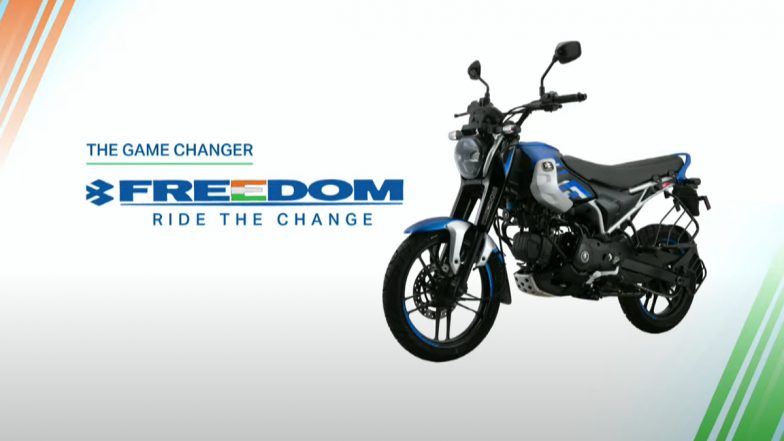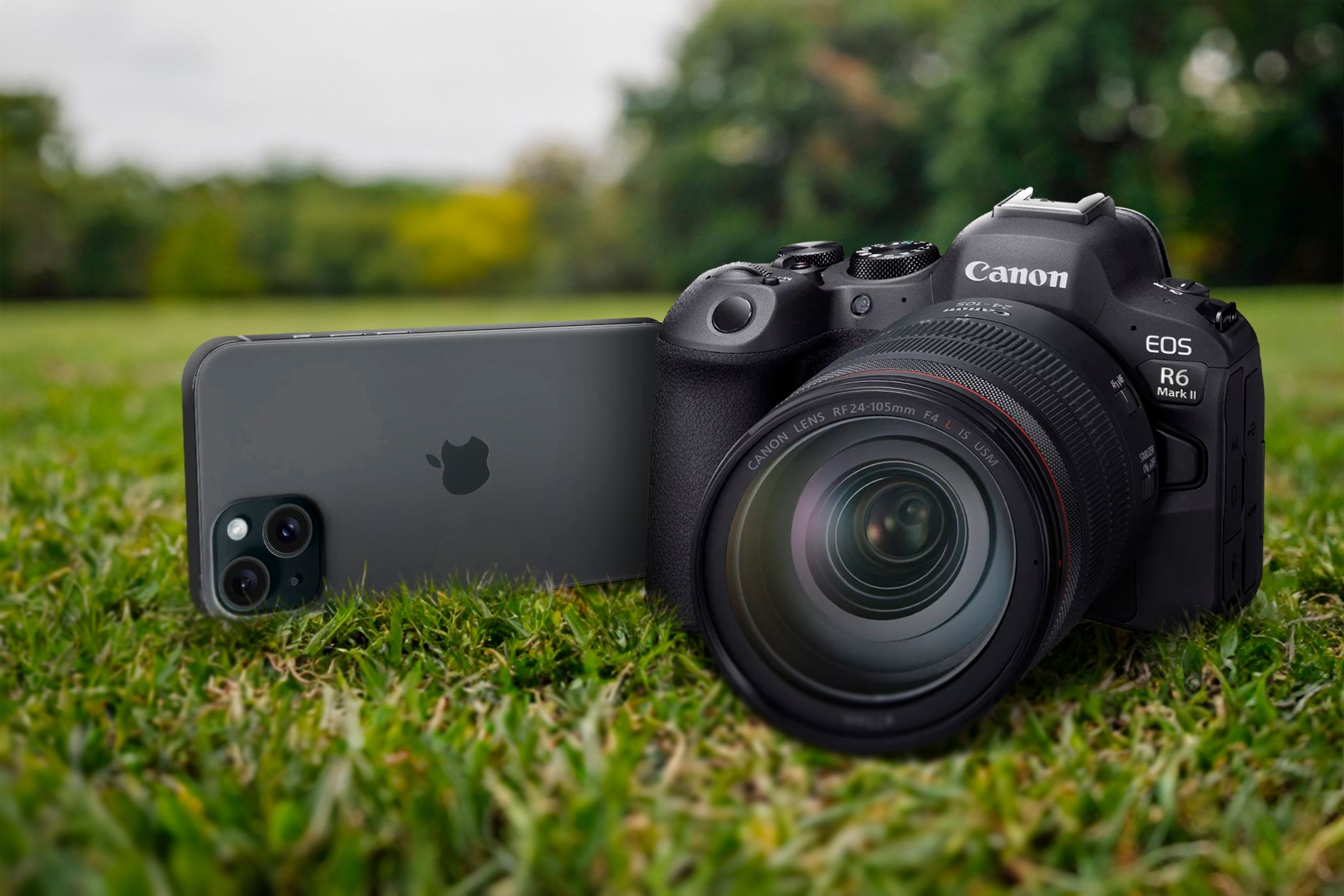printed board assembly handle prototype development
Prototype development in printed board assembly (PBA) is a critical stage that bridges the gap between conceptual design and full-scale production. This phase involves creating a preliminary version of a PCB to test and validate its design, functionality, and manufacturability. Handling prototype development effectively requires careful planning and execution, with several key considerations to ensure the process is both efficient and successful.
The first step in handling prototype development is thorough design preparation. Engineers must finalize the schematic design, ensuring that all components are correctly placed and interconnected. This design is then translated into a layout, which involves defining the physical arrangement of components on the PCB and routing the electrical connections. During this phase, design for manufacturability (DFM) principles are applied to ensure that the PCB can be produced using standard manufacturing processes without incurring excessive costs or complexity.
Once the design is complete, the next step is to generate the necessary documentation and files for manufacturing. This includes the Gerber files, which provide detailed information about each layer of the printed board assembly, and the bill of materials (BOM), listing all the components required for assembly. Accurate and detailed documentation is crucial to prevent errors during the manufacturing process and to facilitate smooth communication with the assembly house.

How does a printed board assembly handle prototype development?
Choosing the right assembly house is another vital aspect of prototype development. Manufacturers with experience in prototype assembly can offer valuable insights and services tailored to small-scale production. These services often include rapid prototyping options, which prioritize quick turnaround times and flexibility. Selecting an assembly house that provides these services can significantly shorten the development cycle, allowing for faster iterations and testing.
Component sourcing for prototypes can present unique challenges. Unlike high-volume production, where bulk purchasing is common, prototypes typically require small quantities of components, which can be more expensive and harder to procure. It’s essential to work closely with suppliers to ensure timely delivery of high-quality components. In some cases, using alternative or sample parts may be necessary to keep the development process moving forward while awaiting the arrival of specific components.
Assembly of the prototype involves several steps, including solder paste application, component placement, and reflow soldering. Given the small quantity of boards and the need for precision, this phase often combines automated processes with manual interventions. For instance, surface mount technology (SMT) equipment can be used for placing components, while skilled technicians handle delicate or unique parts manually. Ensuring that all components are accurately placed and soldered is crucial for the prototype to function correctly.
Testing and validation are critical components of prototype development. Once the PCB is assembled, it undergoes various testing procedures to verify its performance and identify any issues. These tests may include automated optical inspection (AOI), in-circuit testing (ICT), and functional testing. Detecting and addressing problems at this stage is vital, as it allows for design adjustments before moving to mass production. Thorough testing ensures that the final product will meet the required standards and perform reliably in real-world applications.
Iteration is a common part of the prototype development process. Based on the test results, engineers may need to revise the design, update the layout, or select different components. This iterative cycle of design, assembly, and testing continues until the prototype meets all performance and reliability criteria. Effective communication and collaboration between designers, engineers, and manufacturers are essential to streamline this process and minimize delays.
In summary, handling prototype development in printed board assembly involves meticulous design preparation, careful documentation, strategic component sourcing, precise assembly, rigorous testing, and iterative improvements. Each step is crucial in transforming a conceptual design into a functional prototype, paving the way for successful mass production. By focusing on these aspects, manufacturers can ensure that their prototypes not only meet design specifications but also are manufacturable and reliable, ultimately leading to high-quality final products.









